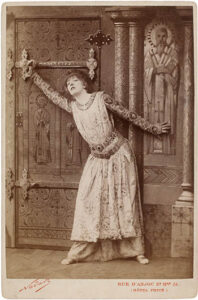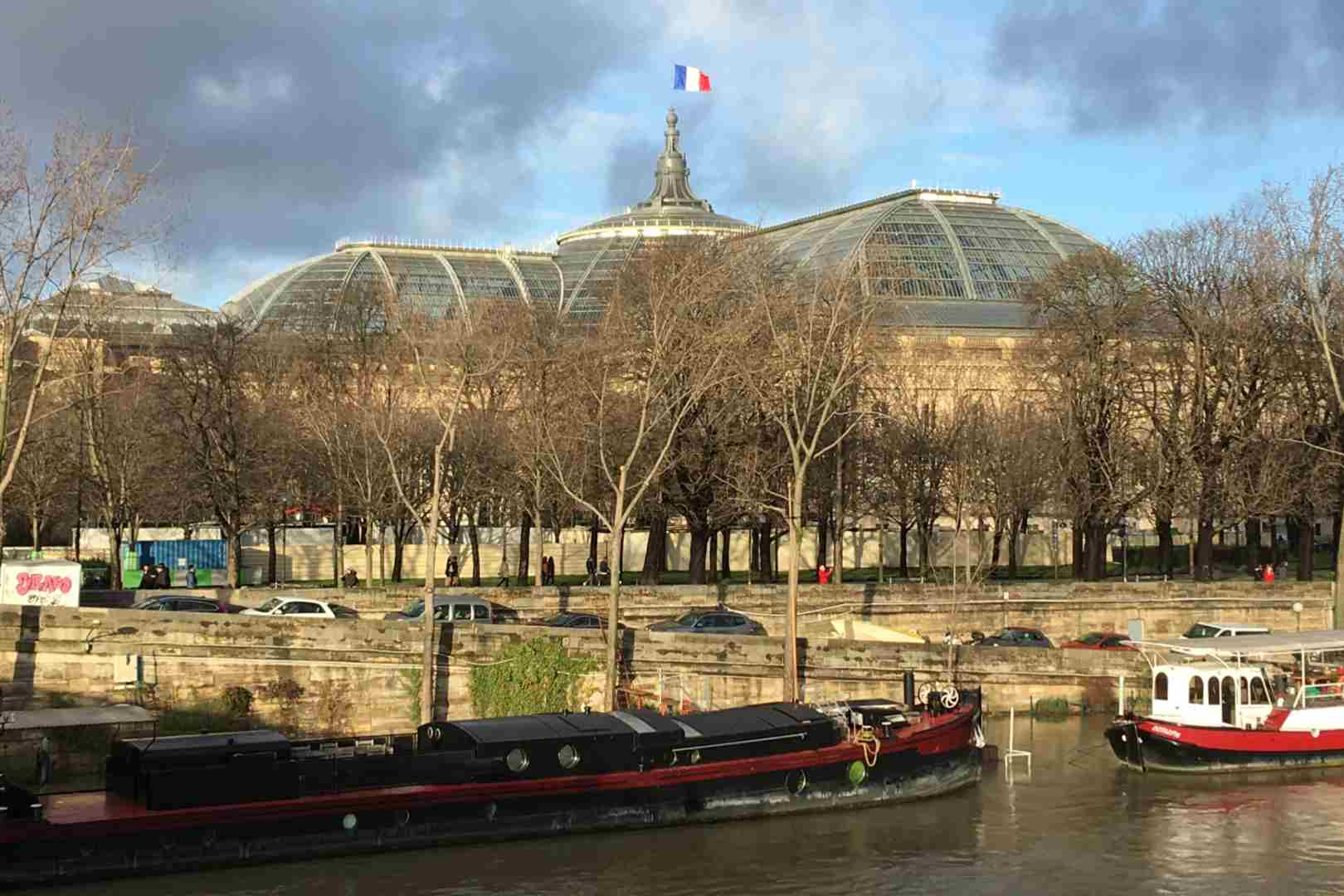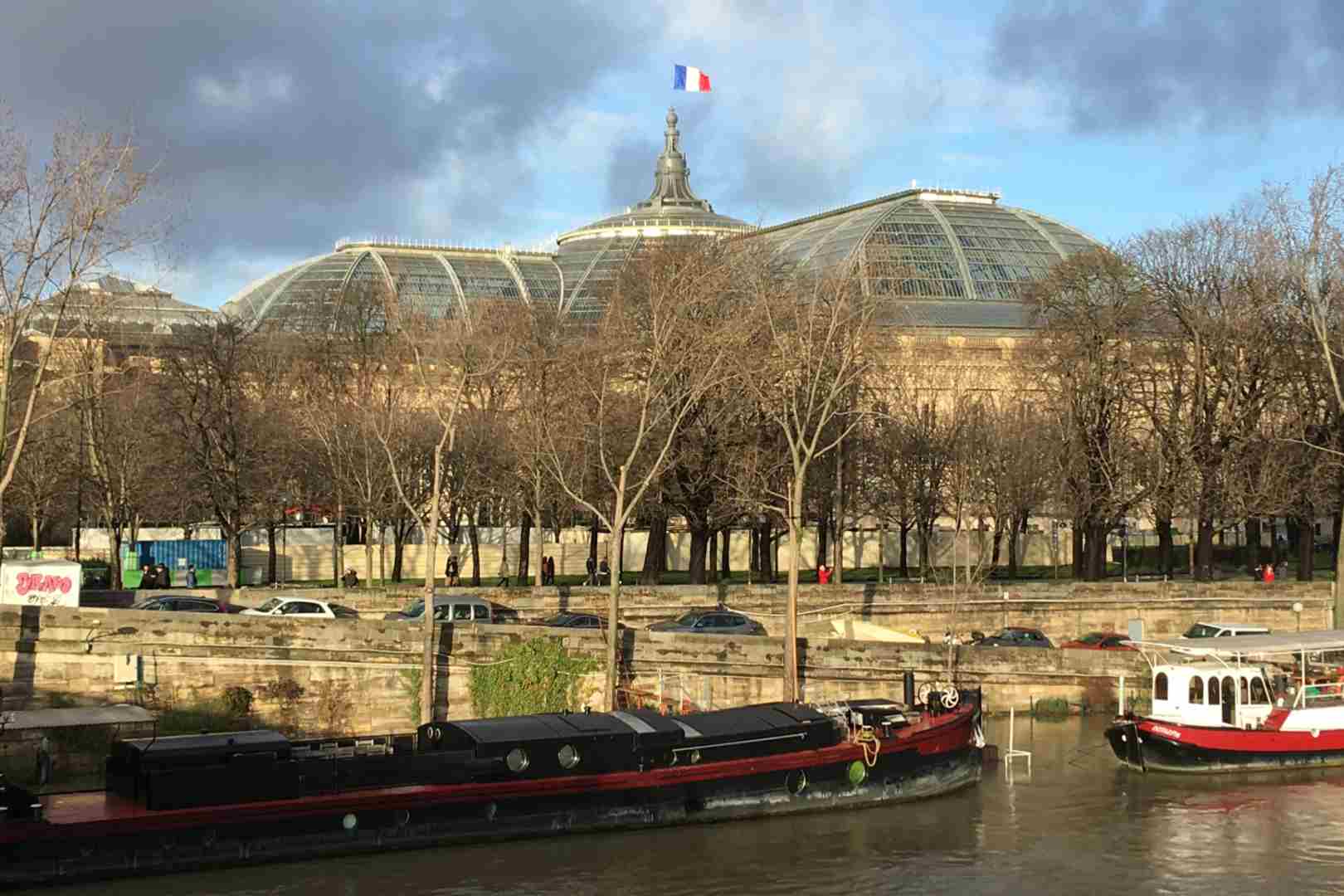The muse and actress Sarah Bernhardt was a real “Influencer”
Sarah Bernhardt, born in Paris in 1844, was a French stage actress from Paris who starred in some of the most popular French plays of the late 19th and early 20th centuries, and is considered the muse of Art Nouveau. “The Divine” was discovered by Alphonse Mucha and was his muse for a long time.
Her portrait was painted by the most celebrated artists in Paris, her advertising posters literally defined French Art Nouveau, but it was her photographs that turned her into an idol. The beauty ideals were different than those of nowadays, as it can be seen in the following examples:



She was a real influencer. An example is that she was one of the first women to wear Art Nouveau jewellery leading the fashion of that times. As a result of her popularity and influence, intellectual aristocrats and society women followed. They wore Lalique’s jewels with free-flowing velvets rather than the tight corsets, picture hats and hourglass silhouettes of their less avant-garde contemporaries. In 1900, the Paris Exposition would spread this new look to a wide international audience. If you want to read more about Art Nouveau Jewellery CLICK HERE.
In the previous era, women could show almost no skin aside from their faces, and bare skin in Victorian art had been equally rare. But as Art Nouveau flourished, women were allowed – and demanded – more personal freedom, and this new attitude is reflected in the artwork. Art Nouveau celebrated the curves of the female body, often showing nude mythological women with long, flowing, wavy hair. Cult of the female figure was growing.
Sarah Bernhardt had a difficult childhood of delicate health and wanted to become a nun, but one of her mother’s lovers, the duke de Morny, Napoleon III’s half brother, decided that she should be an actress and, when she was 16, arranged for her to enter the Paris Conservatoire, the government-sponsored school of acting.
Sarah quickly became a star in the French Theater scene and became an international star traveling to South America, Australia, US and Australia. One major indicator of social change in France during this period is the theater. Out of an urban population of about four million, journalists of the day estimated that 1.5 million people attended a play each month. For many analysts she was the greatest actress ever. Parisians “lived with theater, by theater, and for theater”. She also wrote her own theater scripts.
After decades in the theatre world, around the turn of the century Bernhardt began acting in films, appearing in some of the earliest motion pictures, such as versions of Hamlet (1900, as Hamlet) and La Tosca (1908).
In 1905 Sarah left for her farewell tour of the Americas and while performing La Toscain Rio de Janeiro she injured her knee. She continued to tour and perform but the knee never properly healed and she was in constant pain. At the age of 71, despite the objections of those around her, she had the leg amputated. Sarah died of kidney failure on 26 March 1923 and on tens of thousands of people lined the streets of Paris for her funeral cortège.
CLICK HERE to discover the private Art Nouveau tour that we offer in Paris.
More about her life in The Wikipedia: CLICK HERE.
One hundred years ago the Art Nouveau hit Europe like some great stylistic storm. From Paris to Prague, from Budapest to Brussels, this revolutionary style of art placed as much emphasis on design as on content, and was as much at ease applied to a cookie tin or a streetlamp as to a canvas. It was loved and loathed in equal measure. But its impact was such that its influence spread to architecture and the decoration of entire buildings.

